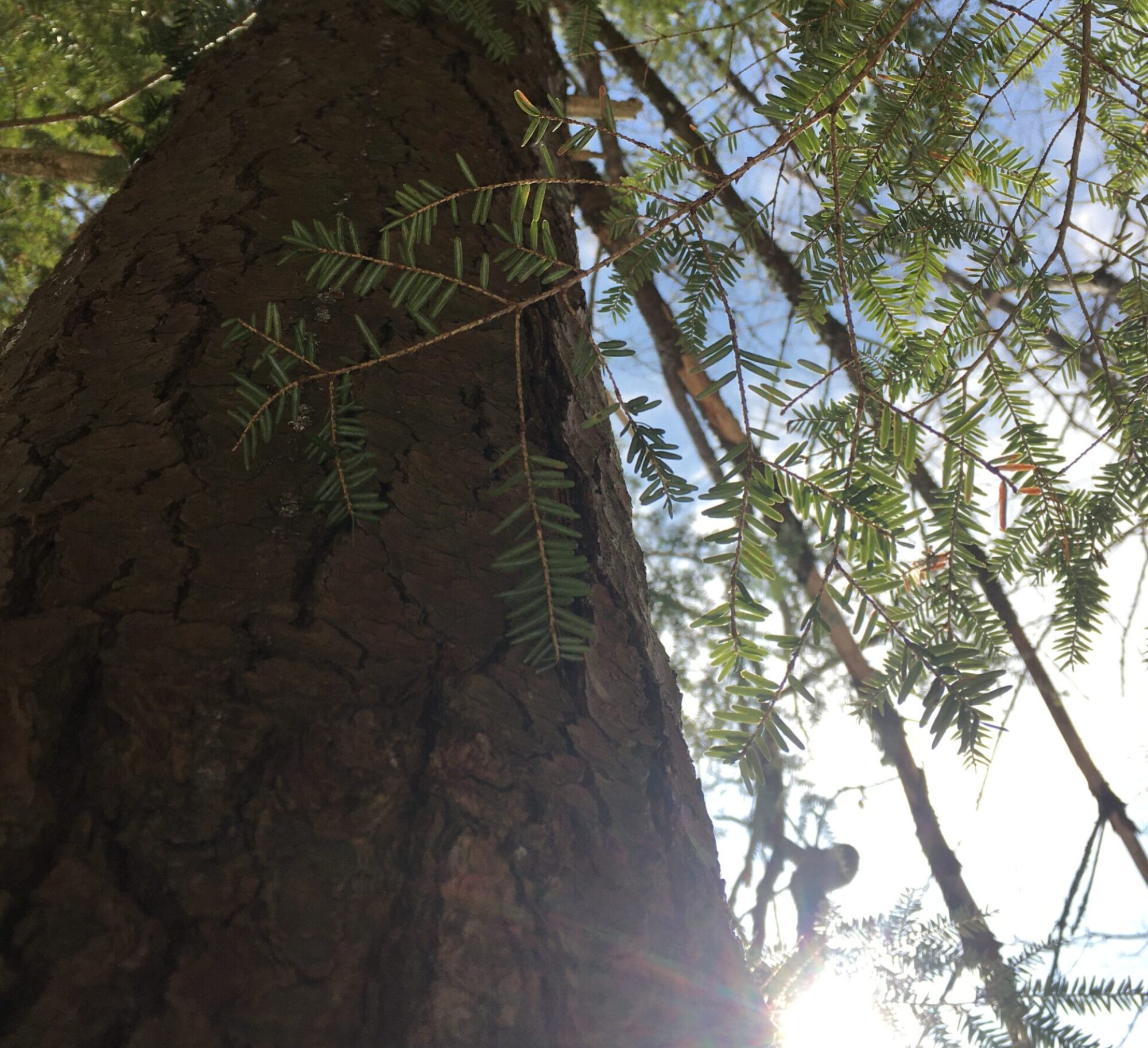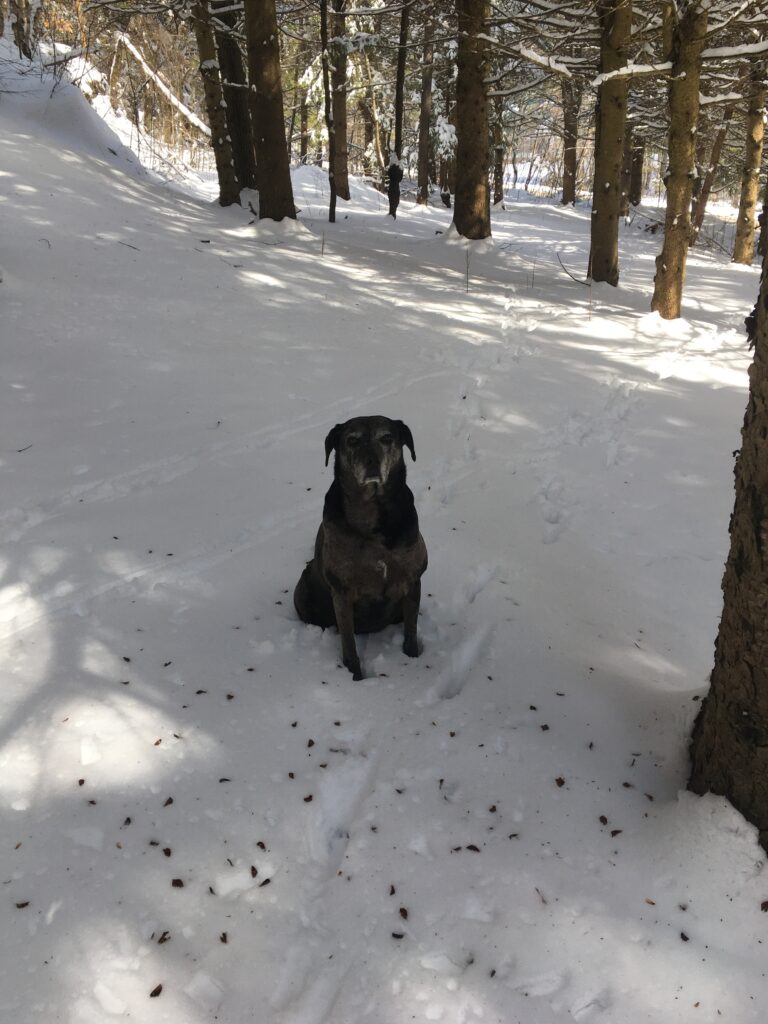
My new phenology blog spot for the remainder of the semester is about 40 yards away from the east-facing door of my father’s house in Williamstown, Orange County, VT. On this day it was warm and sunny with just a little wind, and it had snowed two days prior. The ground was still covered in snow, so I did not detect nor record any ground flora during this observation period. The ground was surprisingly free of mammal tracks, despite it having been two days since the last snowfall. I would imagine any tracks were obscured from melting and the marks made by the snow which fell from the canopy. The immediate area contains a dense community of tall spruce trees; any small mammals in the area, like the squirrels and chipmunks I’ve seen around, may have remained in the canopy for a while without an incentive to traverse the snow-covered ground. While I didn’t see any small mammal tracks, I did see cone scales littering the snow at the base of a few trees (fig. 1).
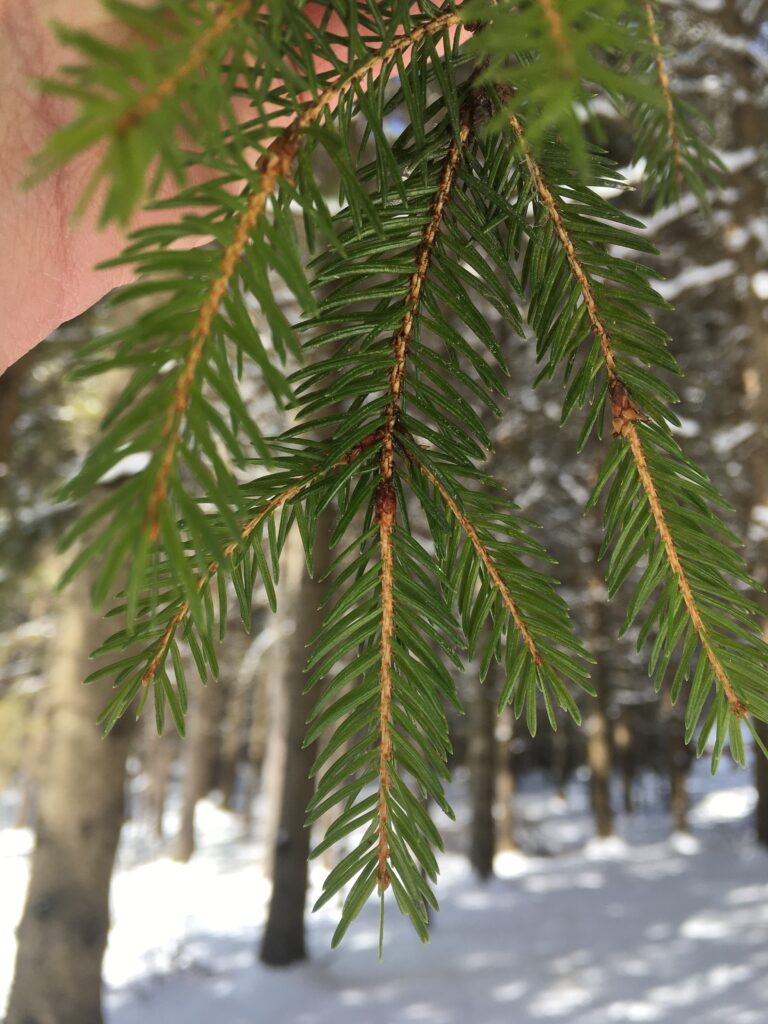
As noted, the trees in this area were mostly spruce (fig. 2), but I have yet to determine the exact species; hopefully I can find some cones once the snow melts (California Academy of Sciences, 2008). The bark of these spruces is flaky and colored in different mixtures of yellow, brown, and grey (fig. 3). I wonder if these variances in flake size and color are a product of genetic variability within the group or are indicative of different species. There were two other trees I saw in the immediate area which were completely enigmatic to me; they were almost as tall as the surrounding spruce, with dark brown, vertically furrowed bark at the bottom which turned white and birch-like farther up the trunk (fig. 4). The lower branches seemed dead, and the higher ones looked like they had a haphazard, alternate branching pattern.
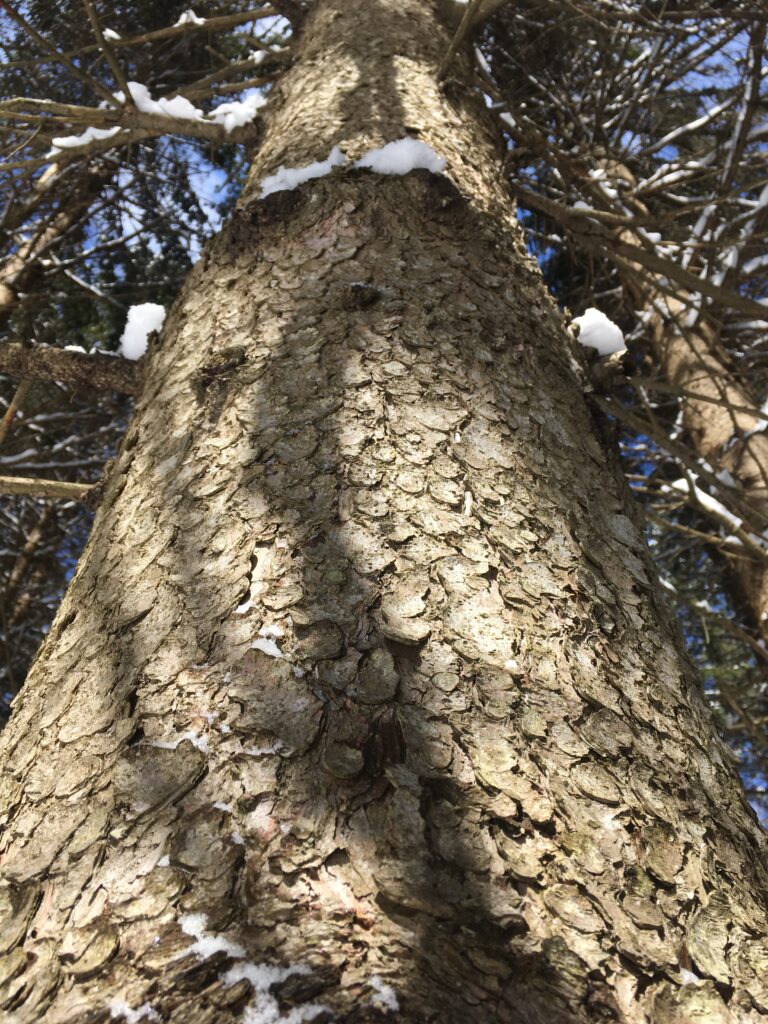

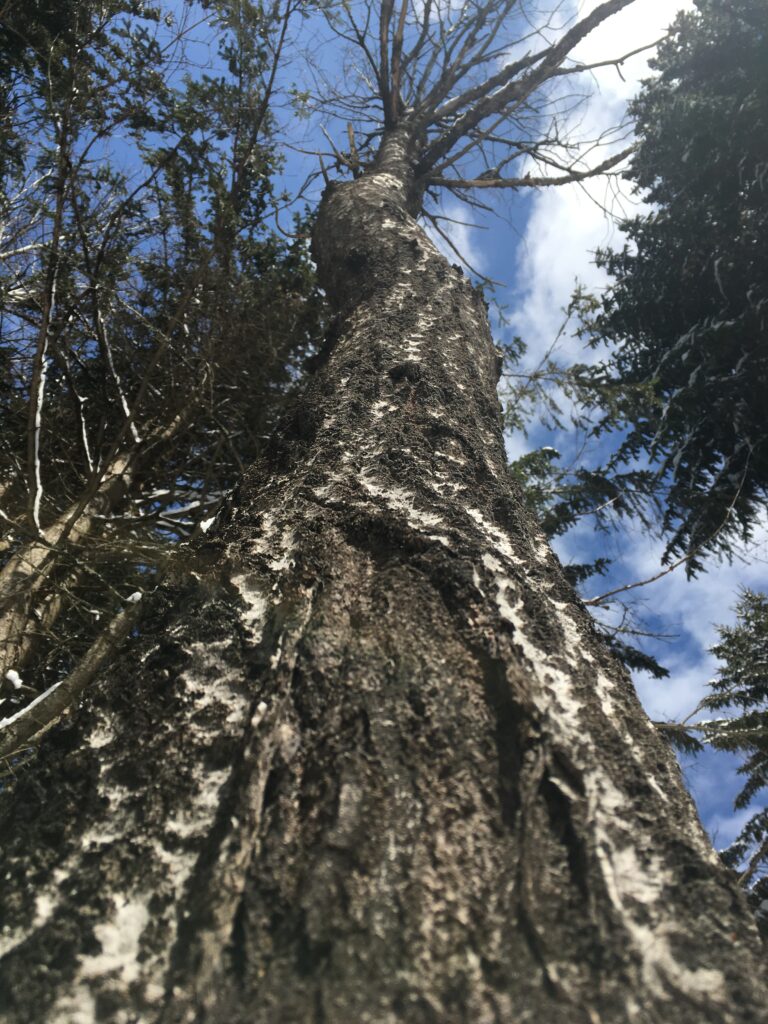
There were also some birds out and about on this bright, sunny day. I could clearly hear the warning call of a black-capped chickadee as well as a descending minor third call coming from another pair of birds. As it happens, this call and response came from black-capped chickadees as well.
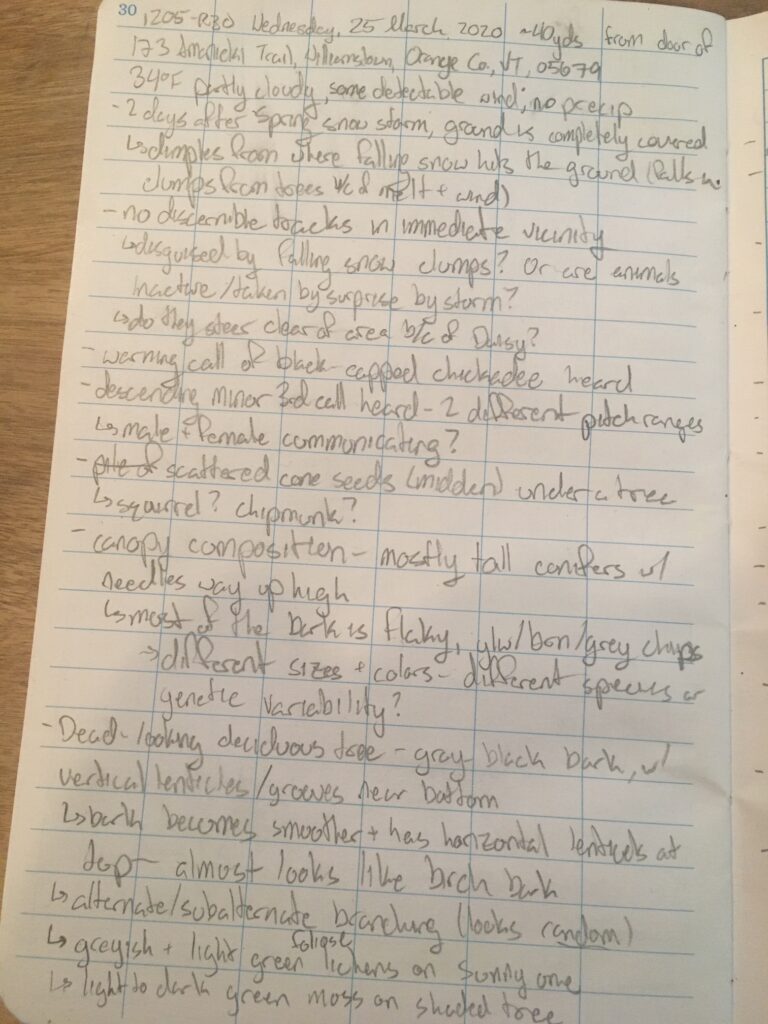
References
California Academy of Sciences. (2008). iNaturalist (Version 2.8.7) [Mobile application software].
Macaulay Library. (2010). Black-capped chickadee song [Song]. On Voices of eastern backyard birds [Album].
